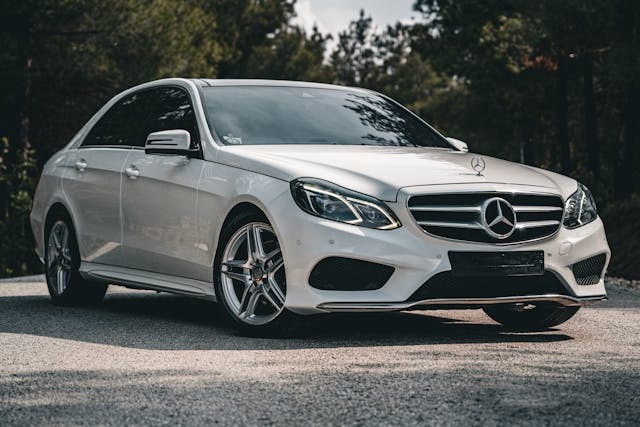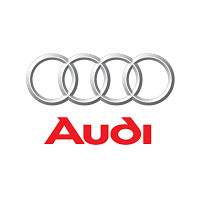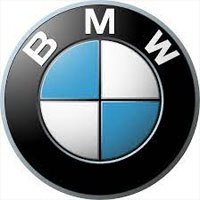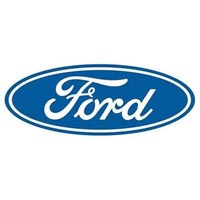The Mercedes E-Class has not been overlooked, even if the three-pointed star has placed a great deal of emphasis on electric vehicles recently. A whole new model adds a tonne of technology while bringing it into line with the C-Class and S-Class. It should be sufficient to keep it among the top-tier executive saloons available for purchase.
The E-Class is one of Mercedes' most ambitious vehicles and, in many ways, the essence of the brand. The E-Class is still seen by many as a symbol of success since it is a machine that is comfortable, sophisticated, and cultured. If you drive one of these, people will probably consider you successful. But the world does not stop. Additionally, the E-Class has been affected in two ways.
In terms of fuel, we can state with confidence that the E-Class won't break the bank. Without too much strain, the E200 petrol will reach 40 mpg on the open road, and we anticipate that the E220d will achieve at least 10 mpg more under the same conditions. On a mild run, the E450d should return in the low 40s.
 Mercedes-Benz E-Class Fuel Consumption
Mercedes-Benz E-Class Fuel Consumption
In order to achieve the hundreds of miles per gallon that the plug-in hybrids offer, you will need to use power nearly constantly. We tested the real-world efficiency of an E300e, albeit an estate, and discovered that it could achieve 40.2 mpg on our typical trip even with a dead battery. Once more, the diesel-powered E300de should improve this, particularly on the highway.
The electric range in real life is impressive. Compared to the official WLTP tests, we travelled a significantly larger percentage of the 54.7 miles on motorways and quicker A roads before the battery died and the engine started. That's ten miles farther than the BMW 550e, for comparison. Given its less weight and more aerodynamic design, we anticipate the E300e saloon to be slightly more efficient than the estate we evaluated.
For most business car buyers, the E300e is the most sensible option. It uses a little less electricity and has a lower BIK rating than the E300de, let alone the rest of the range. For the E300de to make more financial sense, you'll need to be driving a tonne of kilometres without charging.
On a typical 7.4kW home wallbox, a 10–100% charge takes three hours, or two hours for an 11kW. On the other hand, a 55kW 10-80% quick charge just takes 20 minutes.
WLTP quotes from Mercedes The petrol E 200's combined fuel consumption and CO2 emissions are 40.4–42.8 mpg and 146–157 g/km, respectively. These translate to 56.5–58.9 mpg and 126–136 g/km for the diesel E 220 d, respectively.
The E 450 d 4Matic is the most potent of the non-AMG variants, with a combined cycle of 44.8–47.1 mpg and CO2 emissions of 158–165 g/km.
The petrol and diesel plug-in hybrid models will be especially appealing to drivers of company cars. According to official numbers, the E 300 e's combined WLTP cycle is 470.8 mpg, its electric driving range is 68-70 miles, and its CO2 emissions, regardless of trim level, are listed at 13 g/km.
These figures increase to 565.0–706.3 mpg, 67–68 miles of electric range, and 11–12 g/km of CO2 if you choose the diesel E 300 de.
The on-board charger for the Mercedes E-Class plug-in hybrids has an 11kW AC capacity and a 55kW DC capacity, which enables a 10-80% battery recharge in under 20 minutes. According to the quote, it takes three hours for the PHEVs to charge from 10% to 100% using a 7.4kW home wallbox.
The fuel consumption of the Mercedes-Benz E-Class is shown below in both MPG (Miles Per Gallon) and km/L (Kilometers Per Litre). Both of these figures show you how far that particular Mercedes-Benz E-Class variant can travel for every gallon (4.55 litres) and every litre (1000ml) of fuel. The higher the MPG or km/L value, the more economical the car is and the cheaper it will be to run. As well as providing the combined figures, we also give you the fuel consumption you can expect from a Mercedes-Benz E-Class in urban / city driving conditions as well as what can be expected on the open highway / motorway.
| Car Make, Model & Year | Imperial (MPG) | Metric (km/L) |
|---|
The 'real fuel consumption' shows you the amount of fuel your Mercedes-Benz E-Class is consuming to travel a fixed distance. This is normally shown as L/100km. This figure shows you the amount of fuel consumed in litres for every 100kms travelled. This is the most commonly used figure for showing the fuel consumption of a vehicle. The formula to calculate it is:
(Litres of fuel used X 100) / Kilometers travelled = L/km.
Why not try our free online fuel consumption calculator and work out your own figures.

Includes the A series, E-Tron electric and Q series

Includes 1-8 series, I, X and Z series

All Ford Cars, Vans and Pickups